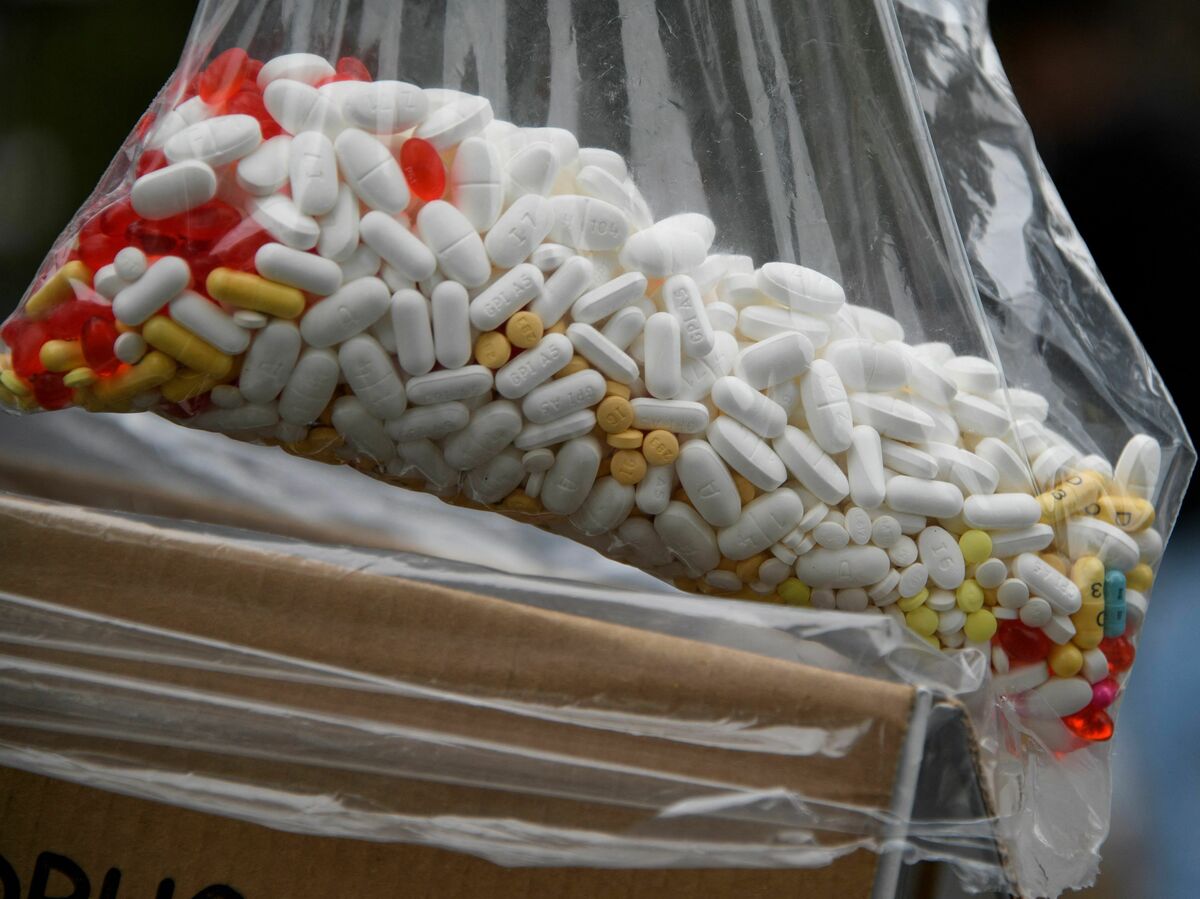
Overdose deaths from fentanyl continue to rise, and so does the concern about how it's getting into the U.S. from Mexico. Patrick T. Fallon/AFP via Getty Images hide caption

Overdose deaths from fentanyl continue to rise, and so does the concern about how it's getting into the U.S. from Mexico.
Patrick T. Fallon/AFP via Getty ImagesThe number of overdoses from fentanyl continues to soar, as do concerns from those in Washington. Immigration authorities say illicit fentanyl is flowing into the U.S. from Mexico through official ports of entry.
Not everyone believes that's the full story.
NPR's Joel Rose traveled to the border to find out what's really happening.
Fentanyl is largely smuggled by U.S. citizens and other authorized border crossers. We hear the story of one of the smugglers.
Email us at
This episode was produced by Matt Ozug and Brianna Scott. It was edited by Katia Riddle and Jeanette Woods. Our executive producer is Sami Yenigun.

 Live Radio
Live Radio